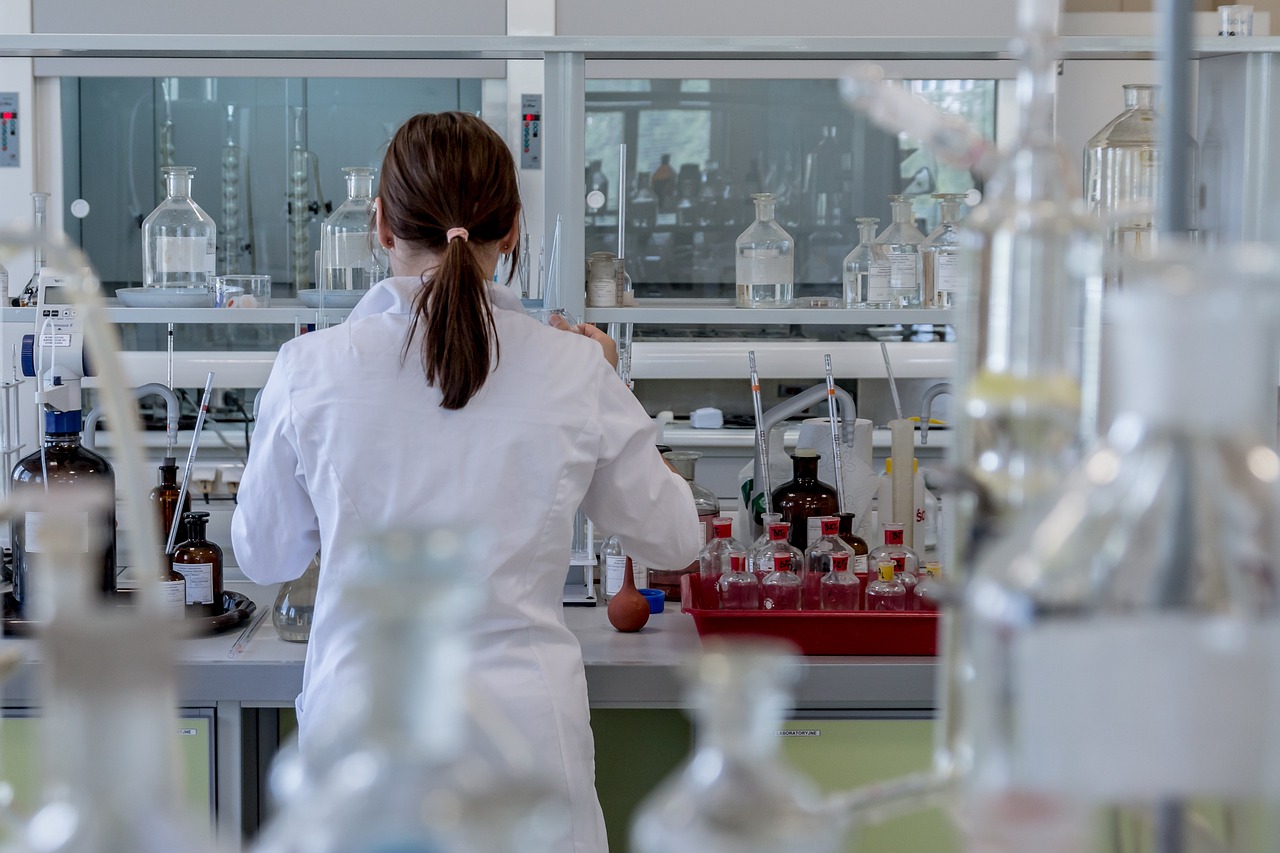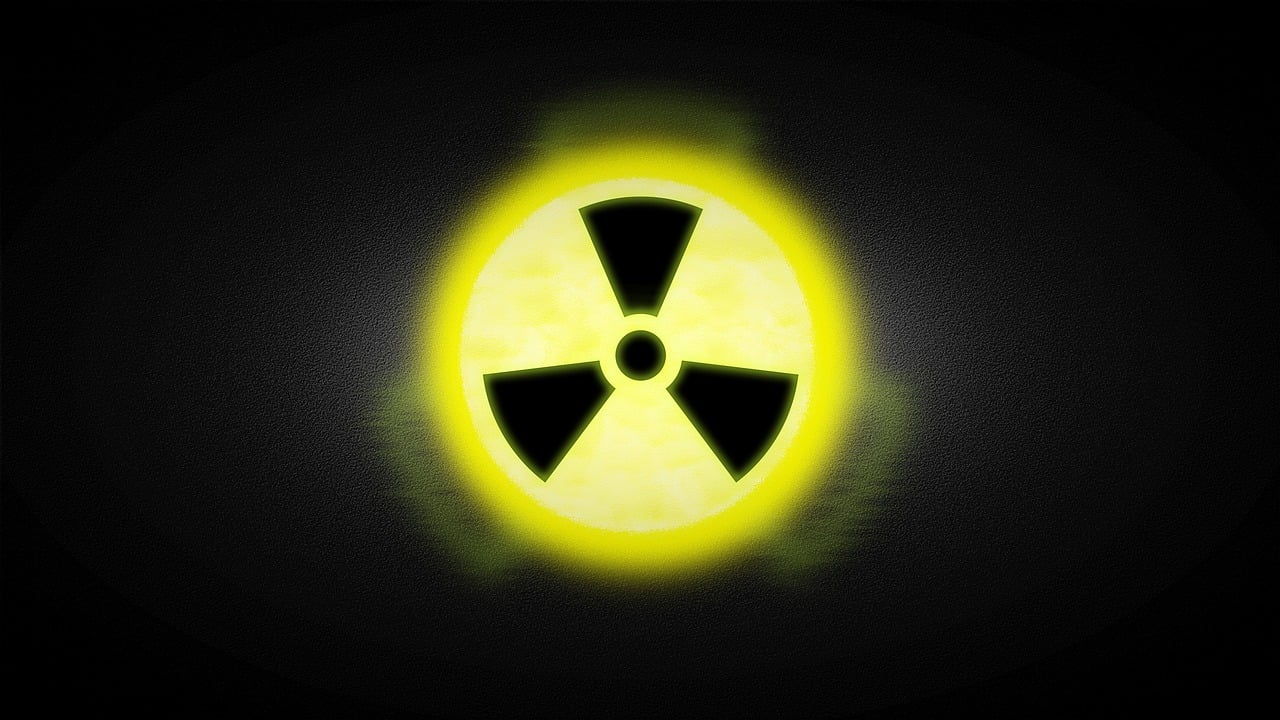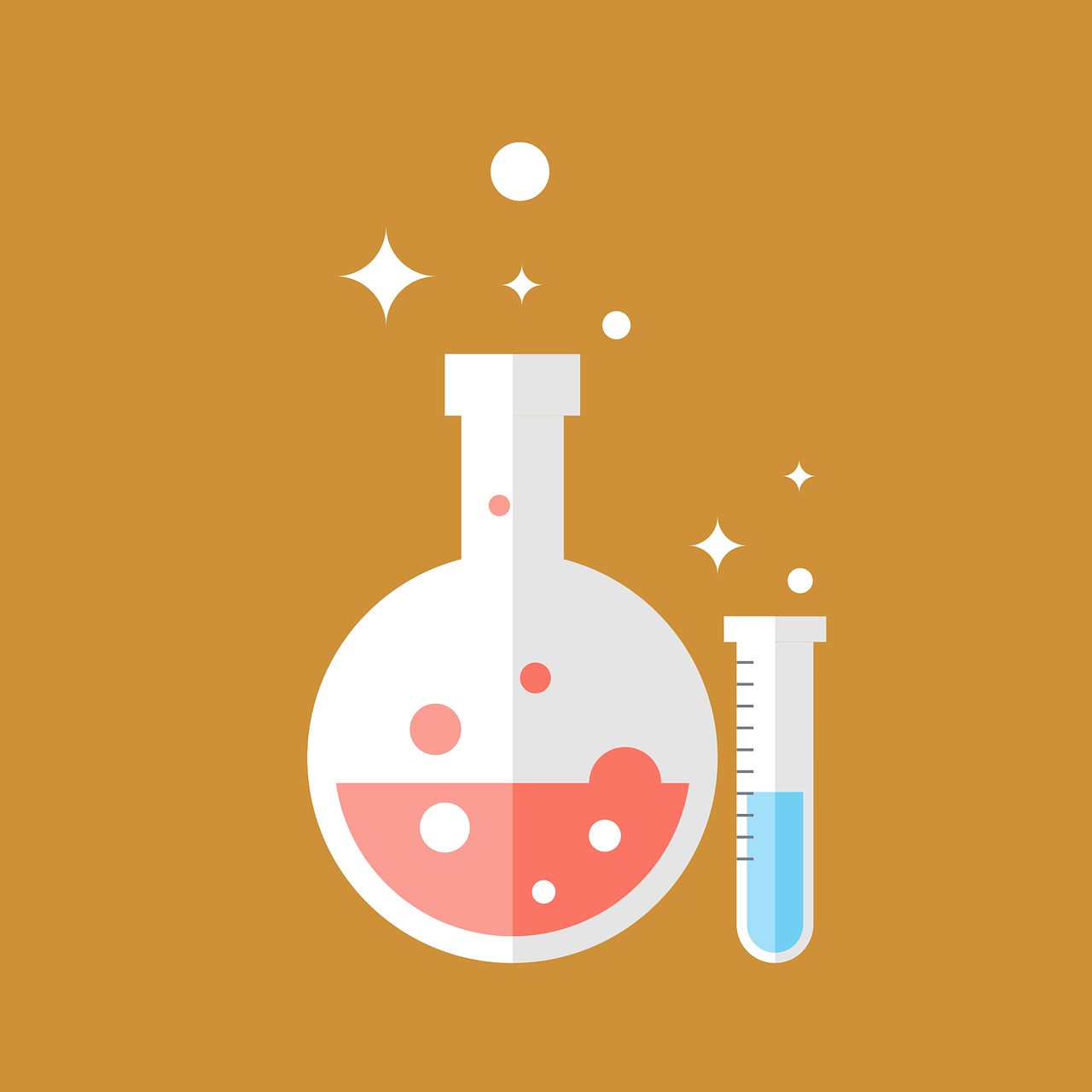Introduction
In the ever-evolving landscape of chemistry, the infusion of artificial intelligence (AI) into chemical laboratories is nothing short of revolutionary. AI technology is rapidly changing the way experiments are designed, executed, and analyzed. From laboratory automation to predictive modeling, AI is becoming an indispensable tool for researchers. In this article, we explore the methods and advantages of accessing AI within the chemical laboratory.
Laboratory Automation and Robotics
One of the most visible manifestations of AI in the chemical laboratory is automation and robotics. AI-driven robots are becoming a common sight in laboratories, where they perform an array of tasks, including sample preparation, experiment execution, and data collection. Equipped with sensors and cameras, these intelligent systems interact with their environment, making decisions autonomously. Researchers can program these robots to carry out experiments with precision, improving efficiency and reducing the potential for human error.
AI for Experiment Planning and Design
Experiment design can be a daunting task, but AI has made it more approachable. AI-powered platforms can help researchers design experiments by drawing on historical data and algorithms to suggest optimal conditions, variables, and methodologies. This approach streamlines the experimental process and enhances the likelihood of obtaining meaningful results.
Data Analysis and Interpretation
AI’s greatest contribution in the laboratory might well be its ability to analyze vast datasets with remarkable speed and accuracy. It’s adept at detecting patterns, anomalies, and trends within experimental data that might elude the human eye. In addition, AI aids in interpreting complex analytical results, such as spectra and chromatograms, saving time and providing valuable insights.
Predictive Modeling and Simulation
Predictive modeling, powered by AI, enables scientists to simulate chemical reactions, predict material properties, and forecast biological interactions. Researchers can input specific parameters into AI-driven models, making predictions about the outcomes of diverse experiments. This not only saves time but also conserves valuable resources.
AI-Enhanced Instrumentation
Modern laboratory instruments increasingly come equipped with AI features that enhance their performance. For instance, AI algorithms can optimize the settings of mass spectrometers, nuclear magnetic resonance machines, and other analytical instruments, ensuring higher data quality. These AI features not only improve data collection but also streamline laboratory workflows.
Safety and Compliance
AI systems excel in enhancing laboratory safety by detecting potential hazards and ensuring experiments adhere to regulatory standards. They also assist with inventory management and the responsible disposal of chemical waste.
Remote Access and Collaboration
AI-driven laboratory management systems enable researchers to remotely access and control laboratory equipment. This functionality fosters collaboration among scientists and institutions, enabling real-time data sharing and decision-making.
Challenges and Considerations
While the integration of AI in chemical laboratories presents numerous advantages, it is essential to consider certain factors. These include data security, the need for skilled personnel, and ensuring that AI systems are validated and compliant with industry standards and regulations.
Conclusion
The advent of AI in the chemical laboratory is reshaping the way we approach experimentation, data analysis, and problem-solving. By tapping into AI technologies, researchers are able to leverage automation, predictive modeling, and real-time data analysis. This not only accelerates scientific discoveries but also revolutionizes the chemistry research and development landscape. The future of chemistry is intrinsically connected to the ongoing advancement and utilization of artificial intelligence, as we navigate the frontiers of innovation and exploration in this field.















